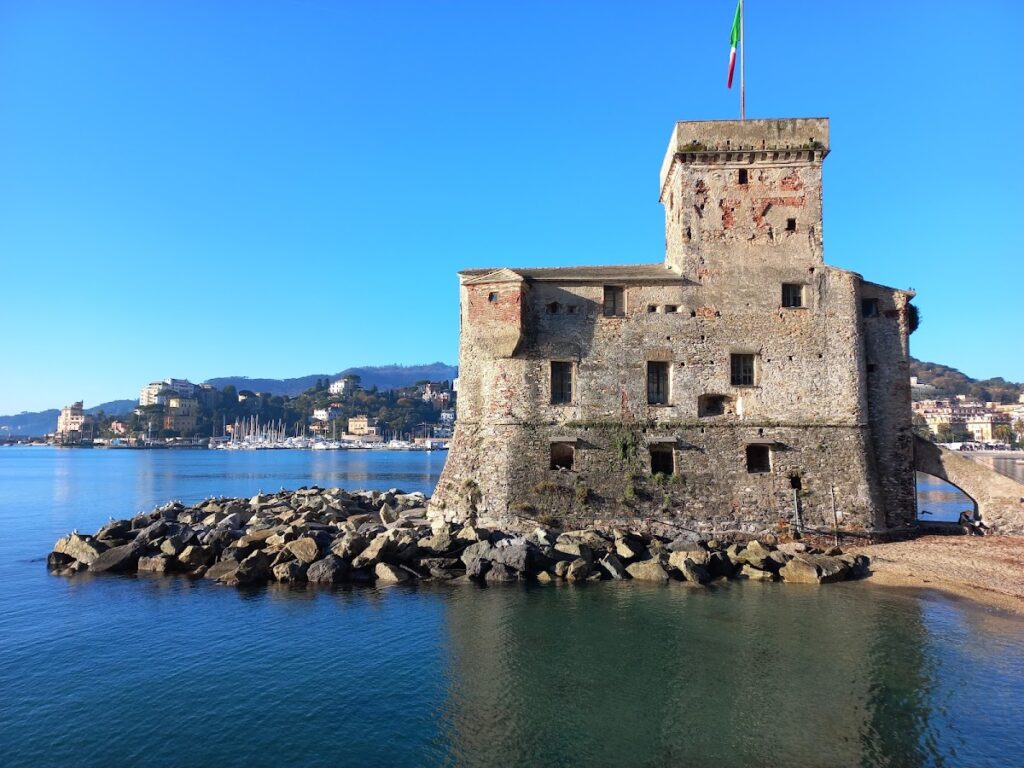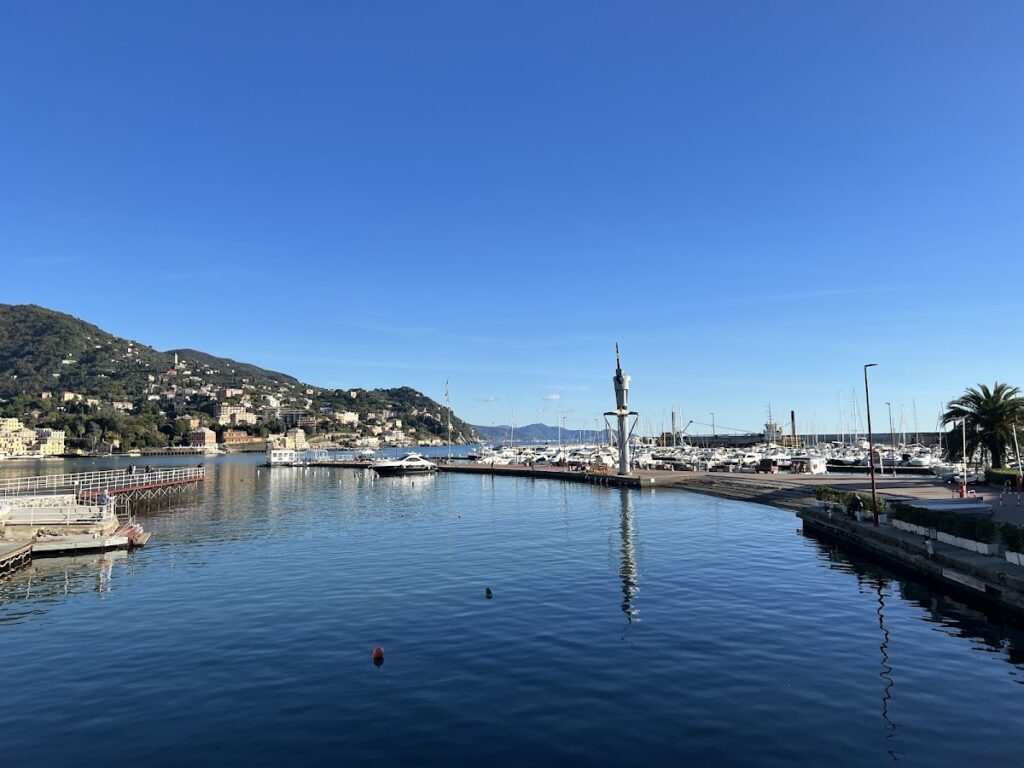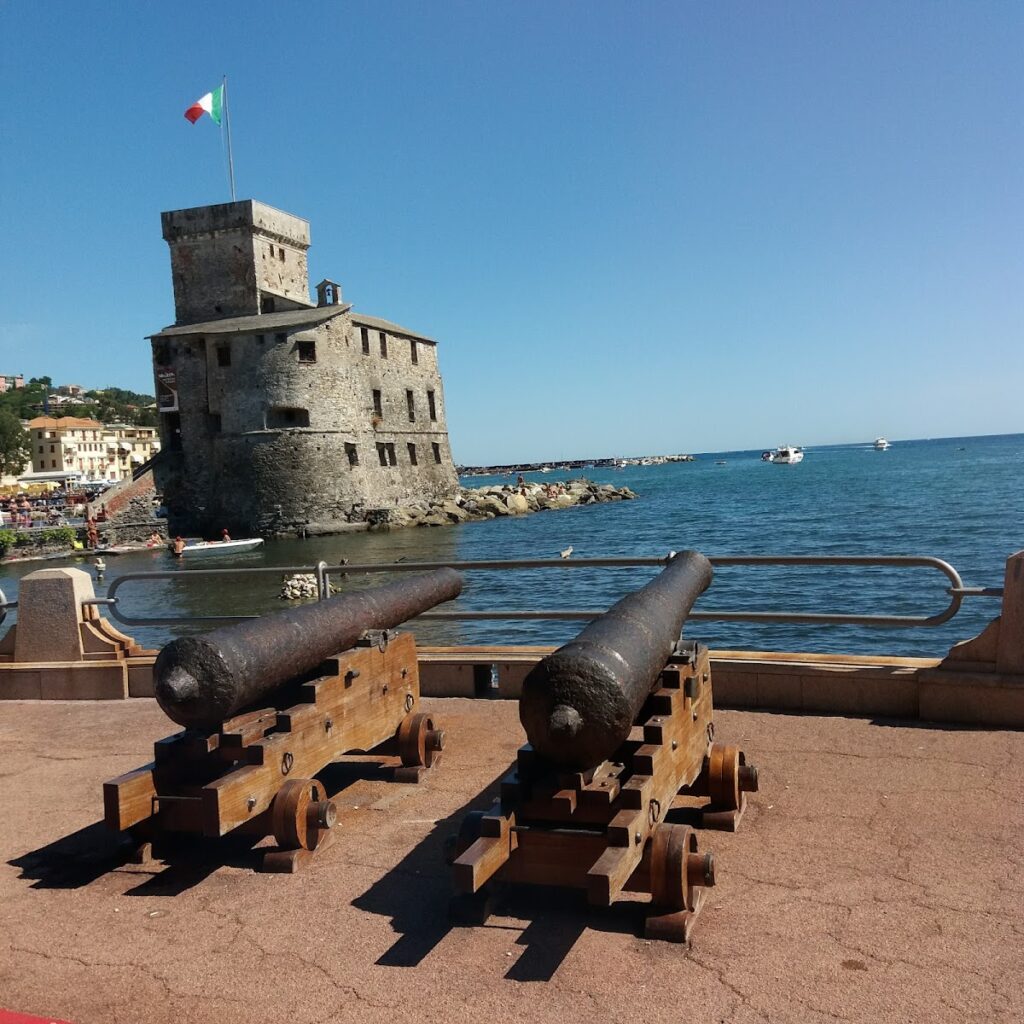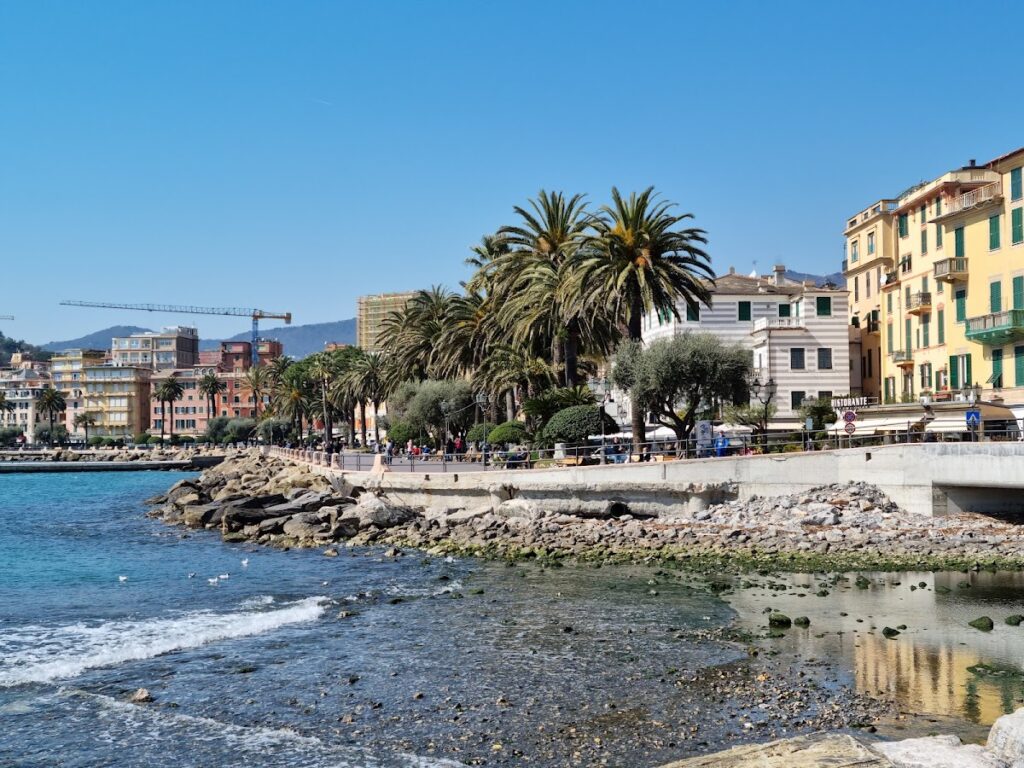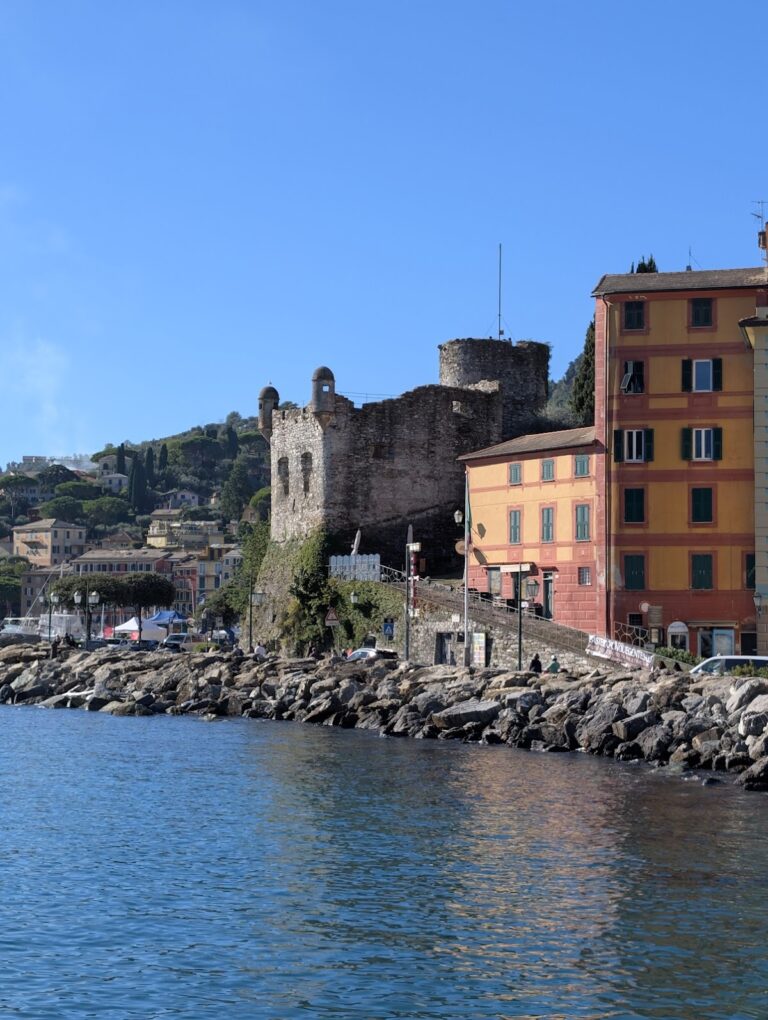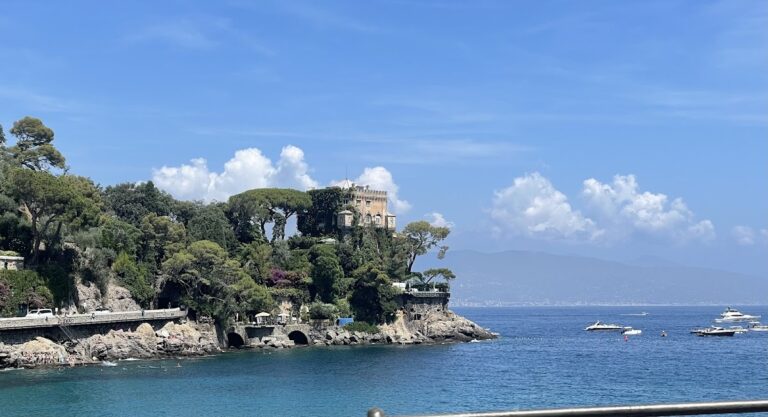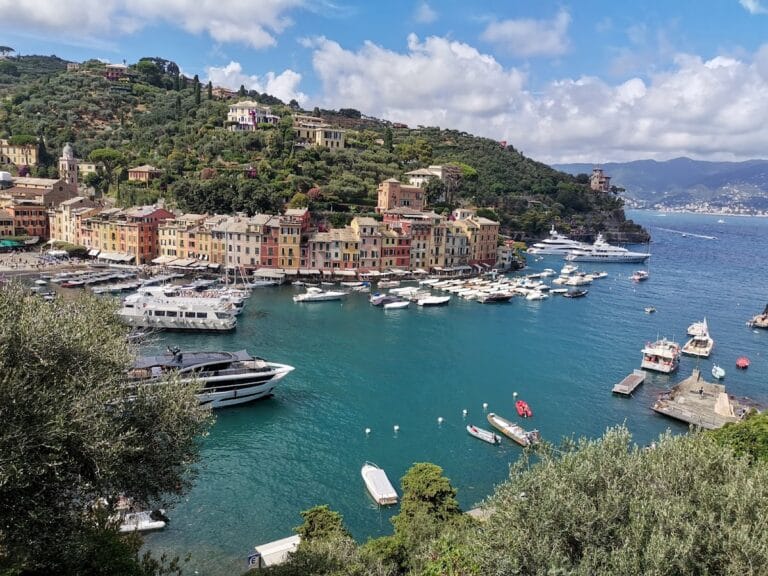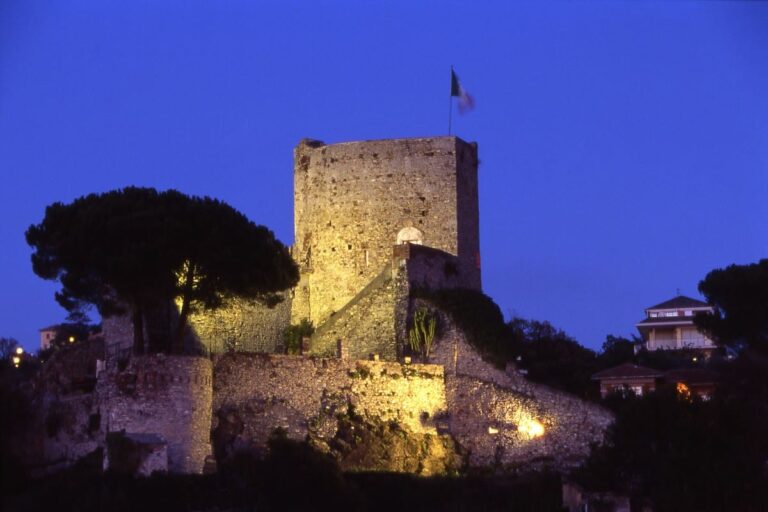Castle of Rapallo: A Coastal Fortress in Italy
Visitor Information
Google Rating: 4.3
Popularity: Medium
Google Maps: View on Google Maps
Country: Italy
Civilization: Unclassified
Remains: Military
History
The Castle of Rapallo stands along the seafront promenade in the town of Rapallo, Italy, and was constructed by the Republic of Genoa in the mid-16th century. Its creation responded directly to pressing security concerns within this coastal community under Genoese rule.
In 1549, Rapallo suffered a violent attack by the Turkish pirate Dragut, who raided the town on July 4, sacking homes and abducting twenty-two local girls. At that time, the town lacked proper defensive walls, relying only on watchtowers situated on nearby hills and some tall houses near the marina, which left the shoreline vulnerable to incursions. Following this assault, the Genoese government tasked Captain Gregorio Roisecco with evaluating Rapallo’s defense needs. His report led to the decision to erect a coastal fortification.
Construction began in 1550 after local debate about funding and location. The Republic of Genoa mandated that Rapallo’s residents finance the project through a special tax, raising 1,770 Genoese lire. Antonio de Càrabo designed the initial, simpler structure, built with robust materials capable of withstanding powerful sea storms, which contributed to higher costs and construction challenges. The castle was officially inaugurated on May 10, 1551, under the local governor Benedetto Fieschi Raggio, who sought artillery support from the Genoese Senate to equip the fort. The castle became part of a larger defensive network guarding the western Tigullio Gulf, working alongside fortresses at Portofino, Paraggi, Santa Margherita Ligure, and Punta Pagana.
Throughout the 17th century, the castle evolved in function and structure. In 1608, it served as the headquarters for the Rapallo captaincy, accommodating the captain’s office and a temporary prison. This administrative role shifted in 1645 when the captaincy moved elsewhere. By 1865, following the unification of Italy, the castle became government property under the Kingdom of Italy, housing the Guardia di Finanza—Italy’s financial law enforcement—and operating a small district jail.
In the mid-20th century, the municipality of Rapallo acquired the castle in 1958 and launched preservation efforts in 1963, which included the installation of protective rocks around the building to shield it from damage caused by waves. A comprehensive restoration took place between 1997 and 1999 under the direction of Professor Benito Paolo Torsello, supported by funds from the European Union and Italy’s Ministry of Cultural Heritage. This work addressed the castle’s weathered exterior, internal floors, fixtures, and electrical systems. Additional safety improvements were completed in 2005.
Today, the castle holds the status of an Italian national monument, recognized by the Ministry of Cultural Heritage. It remains deeply embedded in local tradition, particularly during the early July patronal festivities when a pyrotechnic event symbolically recreates the “burning” of the castle on the evening of July 3, featuring firecrackers, colored smoke, and a final dazzling white cascade launched from the castle’s tower.
Remains
The Castle of Rapallo uniquely occupies a position directly on the seafront along the promenade Vittorio Veneto, distinguishing it from many Ligurian fortresses typically placed inland or atop hills. Its layout reflects its original defensive purpose, constructed to endure the harsh marine environment and frequent storms.
The castle’s structure was initially straightforward, designed by Antonio de Càrabo, but subsequent modifications expanded and fortified the building over time. Its walls, composed of durable materials, have undergone restoration due to significant salt-induced decay caused by proximity to the sea. Protective rocks, added during the 1963 restoration, continue to guard the base of the castle against wave action.
Inside the fortress stands a small chapel dedicated to Saint Gaetano, constructed in 1688. This chapel is notable for its distinctive dome and bell tower, architectural features visible even from outside the castle walls and contributing to its recognizable silhouette along the shoreline.
The castle also includes a modest prison area historically used for short-term detention before trial proceedings, reflecting its administrative and military functions during the 17th and 19th centuries. Near the highest points of the structure is a tower, which survives to this day and plays a role in local ritual celebrations by serving as the launch site for the compound’s final pyrotechnic display during the annual festival.
Over the centuries, the castle’s surroundings and internal spaces have seen various repairs and updates, particularly the comprehensive works in the late 20th century which renewed floors, fixtures, and electrical installations to maintain the building’s integrity while accommodating cultural uses.
Overall, the Castle of Rapallo presents a coherent example of a maritime defensive installation adapted through time, combining military, administrative, religious, and cultural elements within its preserved fabric.
